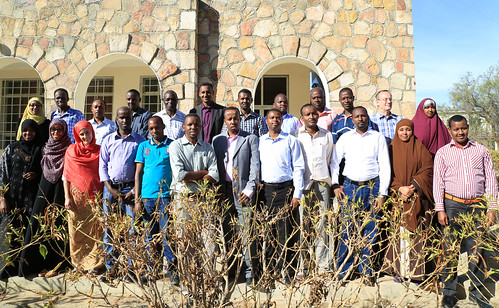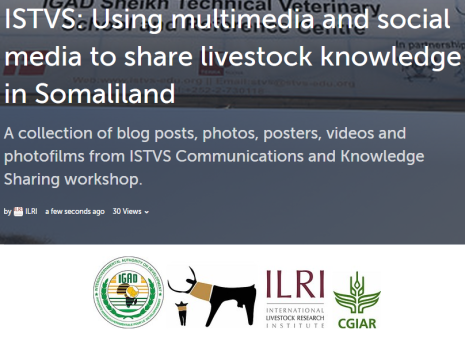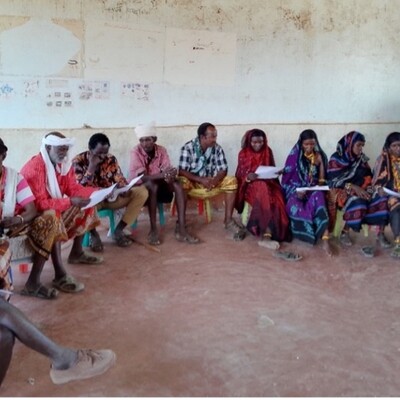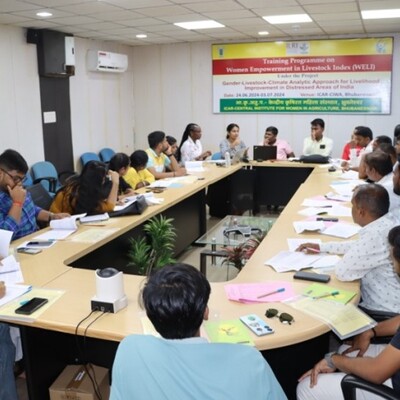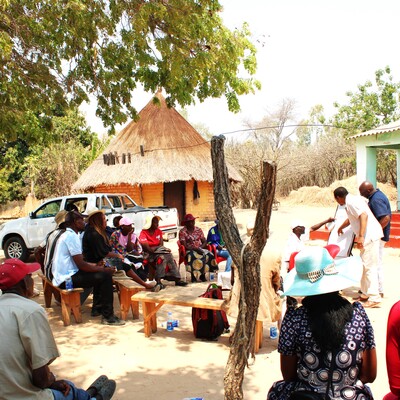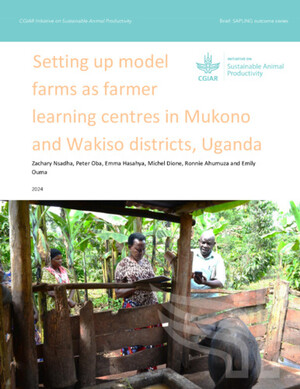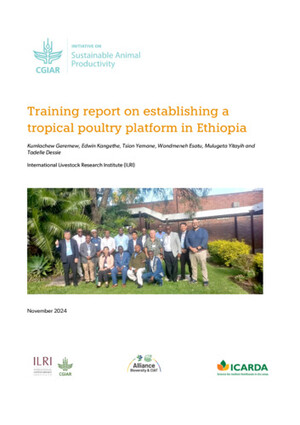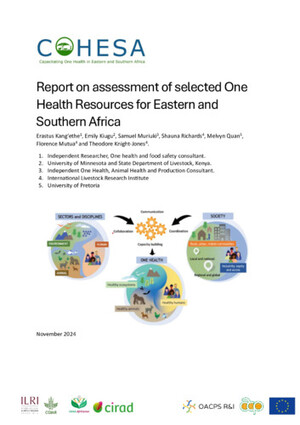
Extending the use of social and multimedia in Somaliland’s IGAD Sheikh Technical and Veterinary School
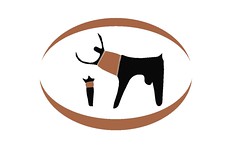 Earlier this month, International Livestock Research Institute (ILRI)’s Communications and Knowledge Management (CKM) team led a five-day Communications and Knowledge Sharing training workshop with research and teaching staff at the IGAD Sheikh Technical Veterinary School and Reference Centre (ISTVS) in Somaliland.
Earlier this month, International Livestock Research Institute (ILRI)’s Communications and Knowledge Management (CKM) team led a five-day Communications and Knowledge Sharing training workshop with research and teaching staff at the IGAD Sheikh Technical Veterinary School and Reference Centre (ISTVS) in Somaliland.
The workshop was organized as part of a project on ‘reducing the vulnerability of Somali communities by raising the capacity of indigenous systems and enhancing market access and consumer welfare’ supported by Danida and implemented by ILRI and Terra Nuova. The project has a strong component on enhancing research methods and indigenous knowledge through collaboration with ISTVS and other partners. Read more about the project.
The training grew out of an earlier visit in late 2014 where it emerged that ISTVS needs to communicate its work and science beyond reports and journals, and in ways that reinforce the school’s own visibility. This workshop aimed to raise awareness among staff of the wider range of multimedia and other social media tools and products they can use to capture and communicate their work.
Communications and social media training
The aim of the workshop was to widen participants’ awareness, provide hands-on training on different social media and multimedia tools and produce several prototype final products combining different tools with their actual research interests.
The 20 workshop participants were veterinarians, communication specialists, scientists, interns and tutors working for ISTVS. It was facilitated by Peter Ballantyne, Apollo Habtamu and Liya Dejene from ILRI Addis CKM team and Nicholas Ndiwa from the ILRI–ICRAF Research Methods Group (RMG) in Nairobi.
Social media, multimedia and enhanced data analysis and visualization have the potential to really enable project innovations and new techniques for knowledge sharing and advocacy. This learning opportunity enabled the participants to socialize, network, collaborate, communicate and share knowledge among themselves and for their institute.
ISTVS communications
The training began with introductions from ISTVS principal, Fred Wesonga, Peter Ballantyne and introductions from each trainee. In the ‘ice-breaker’, participants listed some of their current communications skills and listed social media tools they use. They also reflected together on what they think the opportunities are for ISTVS in terms of communication and knowledge sharing. These could be grouped as follows:
ISTVS as a knowledge and reference centre:
- It is a regional institution for people to come and share knowledge
- It has knowledge, customers and means of communications
- It has information and potential to collect that information/knowledge
- It has enough research, it just has to be published
- It has knowledge and skills which can be brought to the community
- It is a repository of indigenous knowledge
- It has a strong ‘knowledge base’ and resource centre
- It links with different institutions, stakeholders, research centers, extension workers and ministries for collaboration.
ISTVS has connections and reach
- It uses radio to engage pastoralists
- It has different community platforms
- It has good internet connection
- It has linkage with funding institutions like EU
- It has a lot of graduates (alumni)
ISTVS has a strong identity
- It has a name to sell
- It has skilled staff
- It trains trainers
- It offers practical experience and learning
- It offers a multi-cultural environment
- It has excellent facilities and research environment
Multimedia products
On day two, participants got busy with hands-on sessions working with different multimedia products –they were producing and critiquing basic pictures, videos, audios, photofilms and blogposts by the end of the day.
On the third day, a field trip to Somaliland’s largest livestock market in nearby Burao town brought opportunities for participants to interact with value chain actors to generate different communication products including photos, photofilms, video, stories and audio recordings.
The team split into five groups generating stories on the following topics:
- Feed availability and accessibility
- Indigenous knowledge on animal diseases
- Livestock grading criteria of buyers and sellers
- Market price information
- Value chain actors in the marketplace
The first four linked with ongoing research by participants so ideas generated could be linked to ongoing work. The final assignment aimed to capture the full diversity of actors in photographs.
The next day, participants worked on their materials to produce different products, collecting them in a series of initial blogposts.
Results
By the end of this short training, participants could:
- take photos, videos (interview and documentary) and audios.
- produce a photofilm, posters and videos based on the products they gathered.
- customize some of their research data into graphs, tables and other formats.
- use some social media platforms (WordPress, Slideshare and Flickr) to distribute their messages.
Some outputs from the training are online, examples include:
Visit some of ISTVS social media sites:
- ISTVS Twitter account
- ISTVS Facebook account
- ISTVS Flickr account
- ISTVS Slideshare account
- ISTVS WordPress account
According to ISTVS Principal Fred Wesonga, ‘the staff found it very useful and it came at a very opportune time when ISTVS is working on its visibility plan. We already have a team to carry on and put in practice the knowledge gained during the workshop.’
ILRI’s story
In line with practical focus of the course, Apollo and Liya from ILRI also produced a short report from the training:
See also this compilation of materials from the project (click on the image):
Story by Liya Dejene, Peter Ballantyne and Apollo Habtamu





